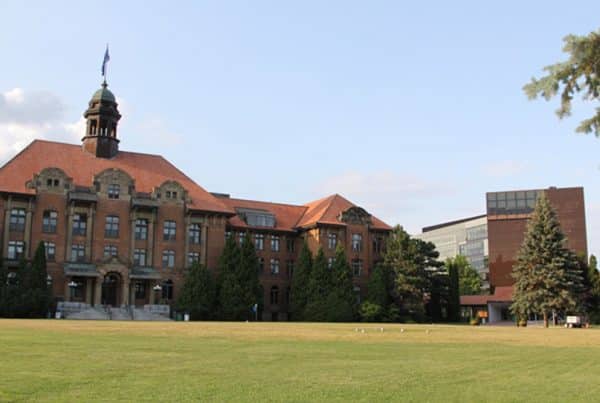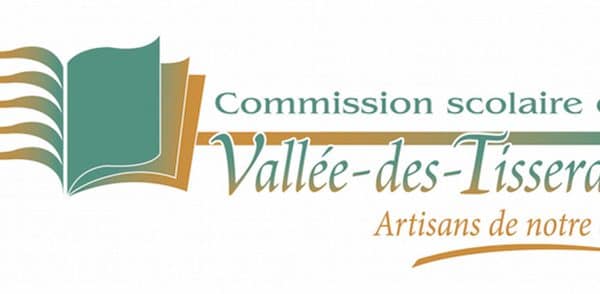The CNESST (Commission des normes, de l’équité, de la santé et de la sécurité du travail) does not require teachers to wear a mask and eye protection. However, the CNESST recommends that teachers in the classroom, if the distance of 2 meters is impossible with a student, then put on the appropriate protective equipment.
It is wrong to claim that the CNESST requires teachers to wear face coverings for a whole day. Moreover, the CNESST has published a guide to workplace health standards for the school network. The document aims to support the network’s workplaces to take charge of occupational health and safety. The information contained in the guide is taken from the interim recommendations produced by the RSPSAT (Réseau de santé publique en santé au travail) and the INSPQ (Institut national de santé publique du Québec) and specify the expectations of the CNESST in relation to them.
It is well noted that the proposed measures must be adapted to ensure that activities can resume or continue under the safest and healthiest possible conditions in the context of COVID-19.
On page 4 of the guide, you can read the following paragraph. “According to the recommendations of the MSSS, the wearing of protective equipment (procedure mask and eye protection) is not necessary for a teacher if the physical distance of 2 meters is respected”.
“I confirm that if the minimum physical distance of 2 meters cannot be respected and in the absence of a physical barrier, all staff must wear a procedure mask and eye protection (goggles or visor) in schools and in administrative centers, explains Maxime Boucher, spokesperson for the CNESST. When the 2 meters distance can be respected, it is not required to wear this protective equipment. However, in the following cases, the procedure mask and eye protection (goggles or visor) must be worn at all times when interacting with a student who may exhibit agitation, unpredictable or at risk of disorderly conduct or when of preschool interventions”
At the same time, Mr. Boucher confirms that procedure masks that have a window for the needs of deaf students are also accepted provided they are ASTM certified to provide protection equivalent to a procedure mask. This type of mask does exist on the market.
Legal obligations
Legal obligations in occupational health and safety, both for the employer and for workers, must be applied in the context of COVID-19. Therefore, the employer has an obligation to protect the health and ensure the safety and physical well-being of his workers. The Act respecting occupational health and safety requires the employer to take all necessary measures to achieve this. To do so, he must, among other things, implement methods of identification, correction and control of risks. In the context of COVID-19, and to ensure that the preventive measures usually implemented are still appropriate.
As for workers, they have the obligation to take the necessary measures to protect themselves and to ensure that they do not endanger the health, safety or physical well-being of other people in the workplace. To do this, they must respect the rules and measures implemented in the context of COVID-19,
just like other rules applied in the workplace.







